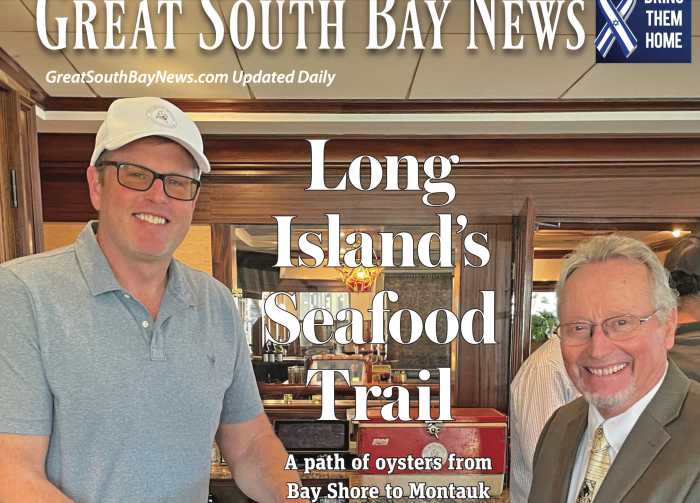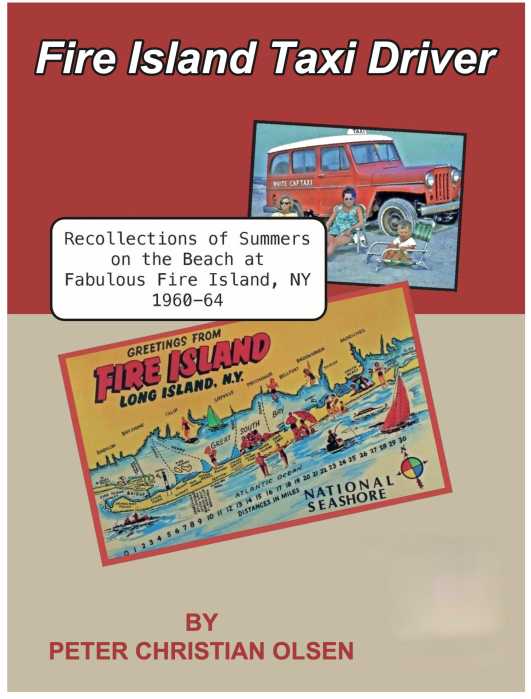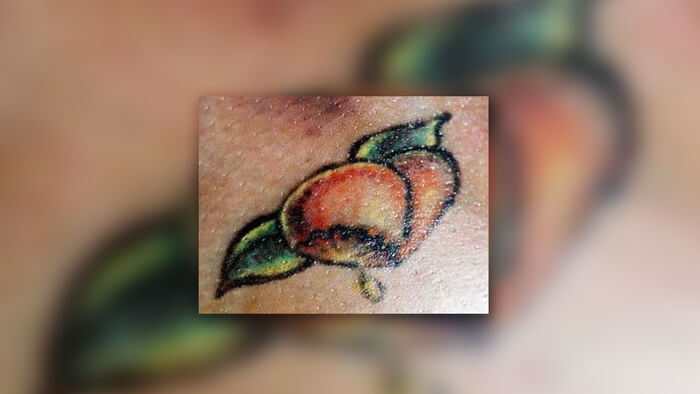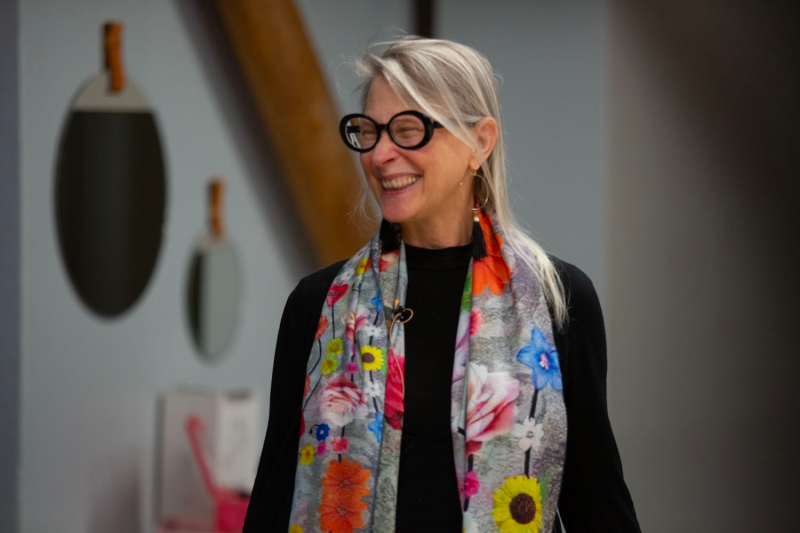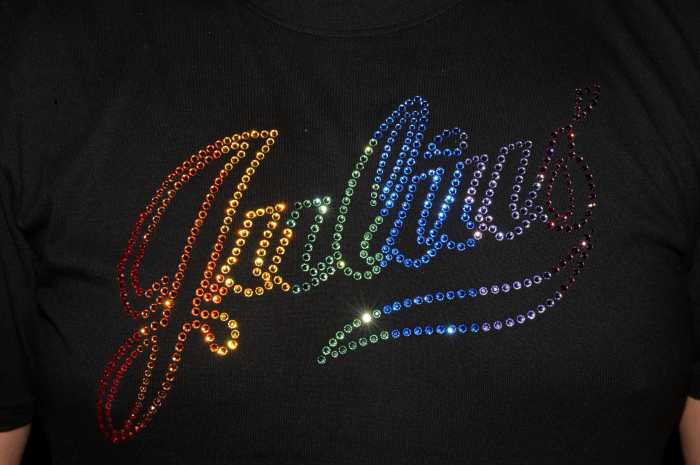
A vintage image of Gil Smith boat in the Great South Bay. (NPS/Fire Island National Seashore)
By Christopher Verga
Along the South Shore, tucked into modern-day suburbia, are some of the country’s most famous Gilded Age estates. William K. Vanderbilt’s Idle Hour in Oakdale, Bayard Cutting in Great River, Bourne Mansion in Sayville, and John Roosevelt’s Meadow Croft all represent their place in time and the status of the families. But Gilded Age status also was represented by owning a personalized Gilbert “Gil” Smith boat.
Born in Manorville in 1843, Smith would come to age during the expansion of the maritime industry on Long Island. Making a living through duck hunting and as a bayman, Smith would further grow in the marine industry through shipping and trading. His professional growth would later help him in his service to the Union Army through his work on supply vessels. In 1876 Smith and his wife, Marion Terry of Riverhead, would move to Patchogue Village to join his expertise in the maritime industry to designing/building boats.
The maritime industry that employed 3,000 people throughout the South Shore communities was evolving to leisure industries. When Smith started his career, the most common boats utilized along the South Shore and its estuaries were the South Bay Scooter, Seaford Skiff, and the Beebe-Mclellan Surfboat. The South Bay Scooter, designed by Wilber Corwin in Bellport, with a round stern, flat bottom, and pointed bow, navigated frozen sections of the bay for fishing and shallow marshes for duck hunting. The Seaford Skiff, with its round bottom hull, made it easy to navigate shallow and deeper water, designed for duck hunting and shellfishing. The Beebe-McLellan Surfboat was double-ended in Greenport with a durable hull for rough ocean surfs. The surf boat was used for the U.S. Life-Saving Service. As Patchogue and Bay Shore boatyards produced these boats, the 1870’s expansion of the Long Island Railroad shifted consumer demand through the thousands of New York City wealthy and middleclass residents seeking summer refuge in one of the quaint South Shore towns.
Smith started building catboats for shellfish harvesting and fishing in a rented building on the Patchogue River. Within less then a decade, he gained a reputation for designing the quickest boat on the South Shore. As shellfish harvesting slowed, demand for skiffs and scooters reached a standstill, but boat racing was becoming increasingly popular. Smith redesigned his catboats to keep his reputation as the fastest boat on the South Shore, with a more curved bow and more overhang on the stern. The newly designed 25-foot catboat became one of the most popular items within the wealthy South Shore communities. Frederick Bourne, the president of Singer Manufacturing Company and owner of Indian Neck Hall Estate (later named the Bourne Mansion), ordered three of Smith’s fastest racing sloops. Vanderbilt put in multiple orders to Smith, including a landing float for his Idle Hour Estate. Furthering the demand in sales for a Gil Smith boat was the thousands of residents staying at shoreline resorts such as Bay Shore’s Courtland, Linwood, and Prospect House, watching these boats race along the Great South Bay.
Smith would live to the age of 97. In his 97 years in 1940, Smith sold over 400 boats securing him as a legend in his craftsmanship.




